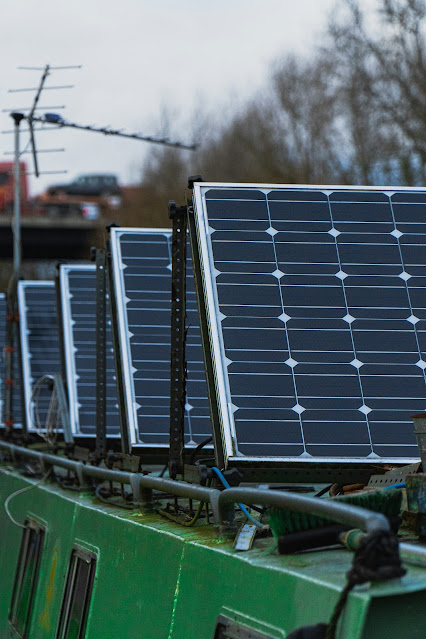Maximize tax credits, SRECs, and rebates while following NJ solar regulations
New Jersey continues to offer some of the nation's most attractive solar incentives in 2024, but understanding how to legally maximize these benefits requires careful navigation of state laws. The federal solar tax credit remains at 30% of installation costs through 2032, while New Jersey's own incentives include the valuable SREC II program that pays homeowners for renewable energy production. The state's net metering policy still provides full retail credit for excess energy sent back to the grid, though PSE&G and JCP&L customers now face time of use rates that make solar battery storage more valuable. Property tax exemptions for solar installations remain fully in effect, protecting homeowners from increased assessments, while the sales tax exemption now applies only to NJBPU approved Tier 1 equipment. These financial benefits come with specific compliance requirements including proper permitting, approved equipment lists, and registration with the state's Clean Energy Program within strict deadlines.
The regulatory landscape for New Jersey solar installations saw important updates in 2024 that homeowners must understand. New permitting rules allow virtual approvals in 68 municipalities for standard residential systems, significantly reducing wait times from weeks to just days in participating areas. The state's Solar Bill of Rights took full effect this year, prohibiting HOAs from banning solar installations while still allowing reasonable aesthetic guidelines. Coastal communities now enforce stricter mounting requirements for hurricane resistance, and seven Bergen County towns have implemented solar glare ordinances affecting panel placement. The SREC II program continues through 2028 but with tiered pricing that favors community solar and low income installations. All systems must now use NJ certified monitoring equipment to qualify for incentives, and the NJBPU has implemented new inspection requirements for roofs built before 1990. These regulations create both opportunities and obligations for solar adopters across the state.
Financial planning for solar in New Jersey requires understanding how incentives interact with system design choices. The 30% federal tax credit can be combined with state incentives, but only if all program requirements are met. SREC payments now follow a stepped reduction schedule, making systems installed before June 2025 more valuable. Battery storage qualifies for additional incentives through the Storage First program but requires participation in grid services. Homeowners should carefully review equipment choices with their installers, as only NJCEP approved components qualify for full incentives. The state's new Solar Maintenance Registry offers faster SREC processing and slightly higher rates for participants who complete annual inspections. With proper planning, New Jersey homeowners can often recover 50 70% of their solar investment through incentives while increasing their property value and reducing energy costs for decades.
Frequently Asked Questions About NJ Solar Incentives
Q: What is the current value of SRECs in New Jersey?
The SREC II program pays $90 per credit for standard residential systems and $120 for low income installations through 2028.
Q: Do solar panels increase my New Jersey property taxes?
No, New Jersey provides a 100% property tax exemption for solar energy systems through at least 2035.
Q: How long does the 30% federal tax credit last?
The investment tax credit remains at 30% through 2032, then gradually phases down to 26% in 2033 and 22% in 2034.
Q: Can HOAs prevent me from installing solar panels?
No, New Jersey's Solar Bill of Rights prohibits HOAs from banning solar but allows reasonable placement guidelines.
Actionable Steps to Maximize Solar Incentives
Research your town's specific solar ordinances before selecting equipment
Verify all components appear on the NJCEP approved products list
Complete SREC registration within 60 days of system activation
Document system production and maintenance for incentive compliance
Consider battery storage to optimize time of use rate savings
Consult a tax professional about claiming the federal investment tax credit
Join the Solar Maintenance Registry for faster SREC processing
Case Study: Securing $28,000 in Incentives in Cherry Hill
The Williams family installed a 10kW solar array with battery storage in early 2024, carefully navigating New Jersey's incentive programs. By selecting NJCEP approved equipment and registering promptly, they qualified for the full 30% federal tax credit worth $9,600. Their system generates about 10 SRECs annually, projected to provide $13,500 over the program's 15 year life. The battery storage qualified for a $3,000 rebate through the Storage First program. Most significantly, their installer helped them document everything correctly to preserve the property tax exemption, saving an estimated $2,100 over ten years. While the process required attention to detail, their total incentive value of $28,200 demonstrates how New Jersey's solar policies reward informed homeowners.
Smart Solar Planning for New Jersey Homeowners
New Jersey's solar incentives create substantial financial opportunities, but only for homeowners who follow the rules precisely. The state's Clean Energy Program website provides updated guidance on program requirements, and many utilities offer solar information sessions. Working with NJ licensed solar contractors familiar with current regulations helps ensure compliance while maximizing savings. As policies continue evolving toward the state's 100% clean energy goals, staying informed will remain essential for solar owners to protect their investments and maintain eligibility for all available benefits. With proper planning and documentation, New Jersey residents can confidently adopt solar energy knowing they've secured every dollar of legally available savings.

